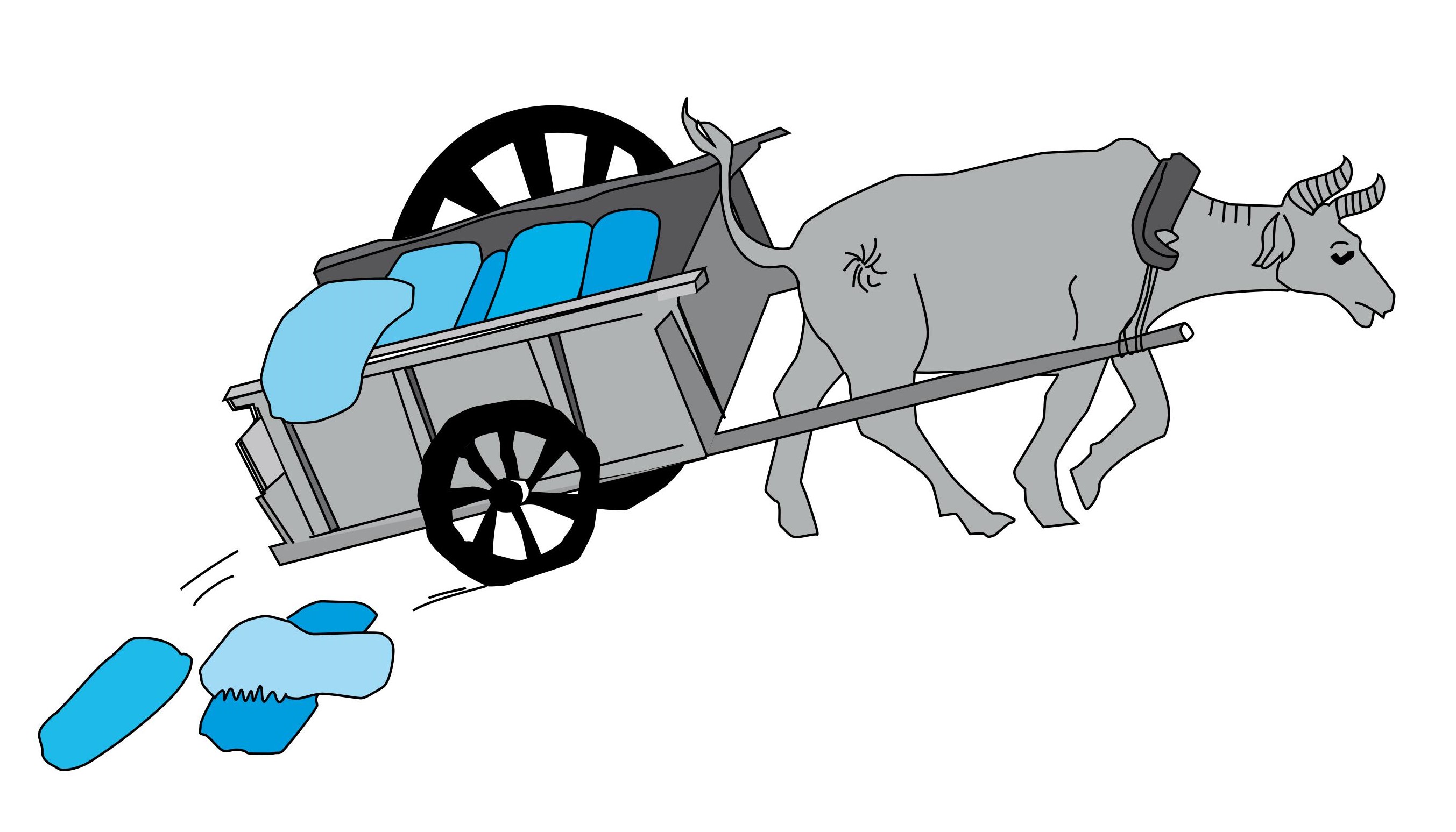 Let's start our rambling by discussing the cart given above. Assume that this two-wheeled cart needs to bring the fodder to hungry animals.
Let's start our rambling by discussing the cart given above. Assume that this two-wheeled cart needs to bring the fodder to hungry animals.
What will happen if the wheel on one side of the cart is large and the wheel on the other side is small?
- The cart won’t go forward.
What happens if the two wheels are of the same size?
The same is relevant to men and women. Unless we treat men and women as equal in society, we won't go forward and have a society develop. In this regard, it is imperative that we offer equal rights and opportunities for girls and boys. I think schools are at the heart of promoting gender equality. From pre-school to adult education, boys and girls/men and women confront gender stereotypes and discrimination, which have a long-term impact on their educational choices and career paths.
Now, please look at the following statements. Do you think that these statements reflect stereotypes to be changed?
- “Without a man, the family is a house with no roof.”
- “Women are weak furniture.”
- “Educate a woman, educate a nation.”
- “A son is a master; a husband, a God.”
- “Men are the front legs, women are the hind legs of an elephant.”
Teachers' dismantling these barriers through the help of education would break gender segregation. And, in this webinar, I have clearly internalized some general principles that I am going to follow during the teaching/learning process. I am planning to start this process by adopting gender-sensitive attitudes towards my students. To ensure that gender equity is promoted in my classroom, I am going to:
- be reflective and objective while judging my own teaching methods and interactions with students. To do this, I may get benefit from a video of my classroom.
- ask my colleagues to observe me throughout the process of teaching. I can also create an anonymous comment box to get feedback from my students. There may be some questions such as:
- Do you notice any differences in how I treat boys and girls?
- What do I need to know about you, in terms of gender, to teach you well?
- Have I made you feel good or bad in regards to your gender at any point?
- employ gender-neutral language. For instance, I should choose gender-neutral pronouns like ''everyone'' while referring to the group as a whole because using gendered terms like ''guys'' may make female students feel ashamed.
- have a dynamic seating plan that promotes equal participation of both girls and boys. For example, the teams are not going to be divided as girls and boys on separate sides while playing games in the class. Instead, I am going to split my class into mixed teams in terms of gender. Furthermore, I am going to do my best to integrate a mix of boys and girls within small group projects whenever I assign them.
- use proper materials. I am going to include materials that portray female and male characters in equal numbers and involved in similar activities (peripheral learning).
- prepare learning activities that allow all students to participate.
- give equal attention and equal encouragement to every student and use frequent brief feedback techniques to gauge their understanding.
To conclude, bear in mind that gender disparity is one of the most important problems faced in most classes, and we, as teachers, must endeavor to break down traditional gender roles in the classroom. By doing so, students could exhibit a higher degree of participation in class regardless of their gender. As Emma Watson, a famous actor, says: ''If not me, who? If not now, when?''

Sources